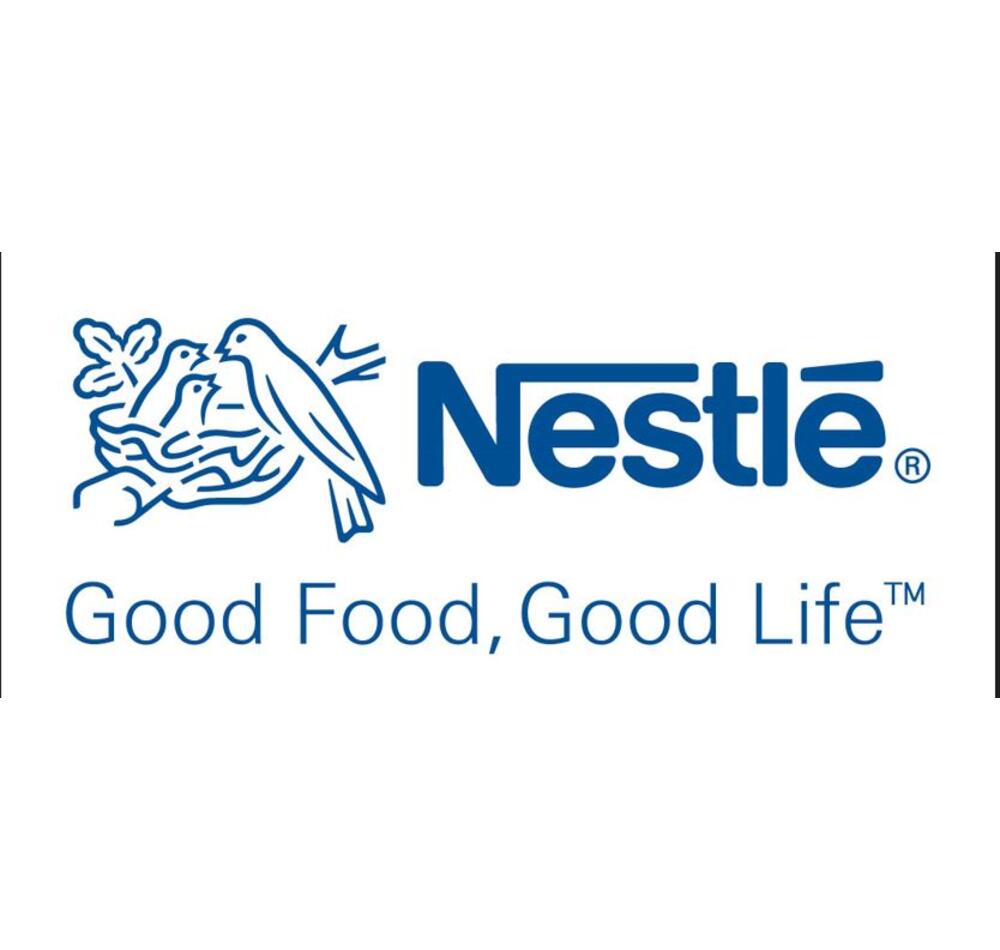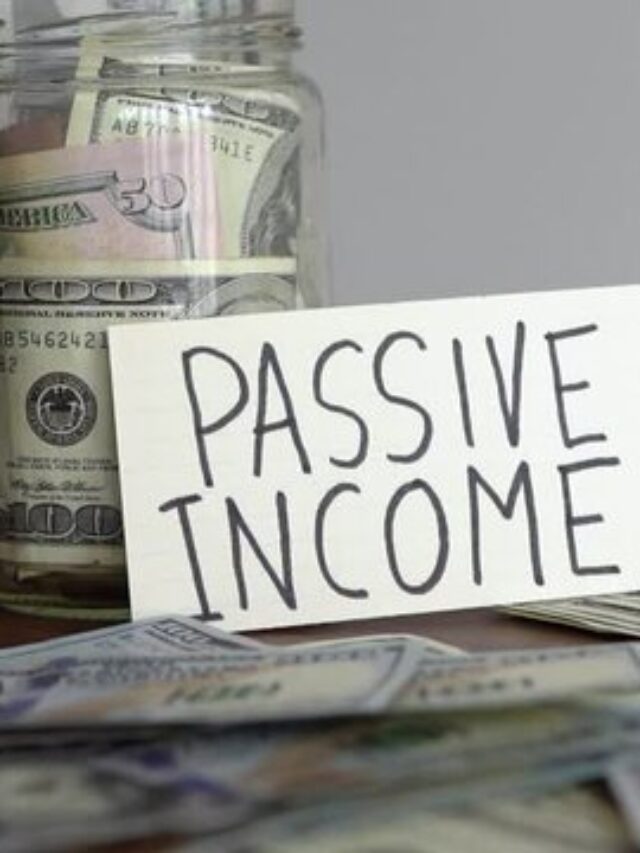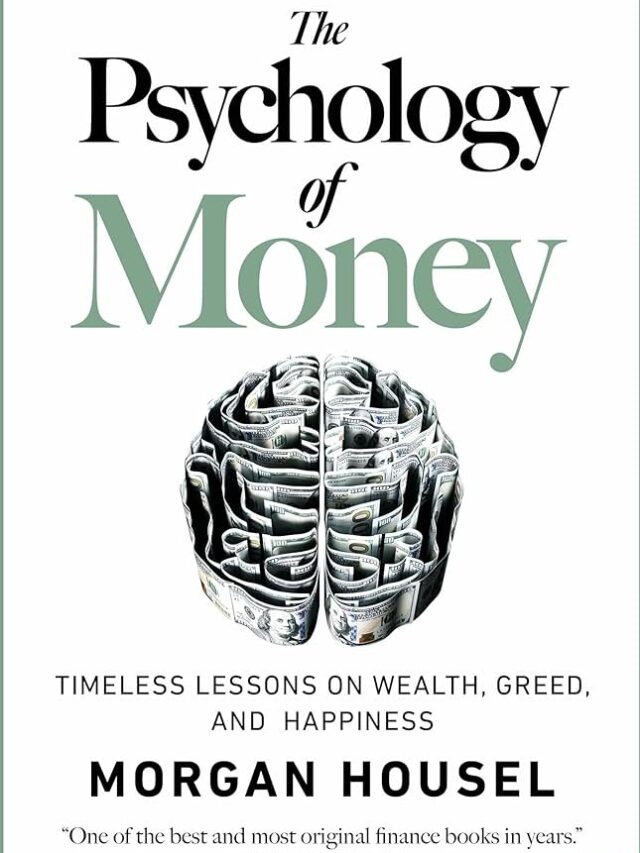By Walton, Sep 21, 2024
Nestlé India Limited (NESTLEIND) is a prominent player in the Consumer Defensive sector, particularly in the Packaged Foods industry. Listed on both the National Stock Exchange (NSE) and Bombay Stock Exchange (BSE), Nestlé India has a robust market presence.
In this comprehensive article, we will delve into the projected share price targets for NESTLEIND from 2024 up to 2040. We will utilize various analytical methods, including technical analysis and machine learning models based on past performance, to forecast the potential future movements of the stock.
NESTLEIND: Current Market Position
As of September 2024, Nestlé India shares closed at ₹2527.85, slightly lower than its previous close of ₹2529.95. The stock has displayed a mixed trend over the past week, which is typical for stocks in the consumer defensive sector during uncertain market conditions.
NESTLEIND Share Price Target (2025 – 2040)
To provide a comprehensive outlook, let’s break down the share price targets for each year from 2025 to 2040. The table below summarizes the predicted price ranges for NESTLEIND over the next 15 years:
| Year | Minimum Price (₹) | Maximum Price (₹) |
|---|---|---|
| 2025 | ₹30,076 | ₹34,866 |
| 2026 | ₹35,563 | ₹39,899 |
| 2027 | ₹40,697 | ₹45,660 |
| 2028 | ₹46,573 | ₹52,252 |
| 2029 | ₹53,297 | ₹59,798 |
| 2030 | ₹60,994 | ₹68,433 |
| 2031 | ₹69,643 | ₹78,135 |
| 2032 | ₹79,219 | ₹88,890 |
| 2033 | ₹89,725 | ₹100,661 |
| 2034 | ₹101,165 | ₹113,378 |
| 2035 | ₹113,544 | ₹127,055 |
| 2036 | ₹126,869 | ₹141,728 |
| 2037 | ₹141,147 | ₹157,431 |
| 2038 | ₹156,387 | ₹174,202 |
| 2039 | ₹172,598 | ₹192,082 |
| 2040 | ₹189,790 | ₹211,122 |
These estimates provide a broad outlook on how the stock might perform in the coming years. The price targets are based on current market trends and projections of Nestlé India’s growth.
Read More
HINDPETRO Share Price Target
NESTLEIND Share Price Target 2025
Nestlé India is expected to experience steady growth in 2025, with the price ranging from ₹30,076 to ₹34,866 by the end of the year.
| Month | Target Price (₹) |
|---|---|
| January | ₹31,076 |
| February | ₹31,698 |
| March | ₹32,332 |
| April | ₹31,255 |
| May | ₹30,214 |
| June | ₹29,208 |
| July | ₹30,376 |
| August | ₹31,591 |
| September | ₹32,855 |
| October | ₹33,512 |
| November | ₹34,182 |
| December | ₹34,866 |
Summary for 2025:
- Initial Target: ₹31,076
- Mid-Year Target: ₹29,208
- Year-End Target: ₹34,866
- Expected Trend: Bullish with consistent growth towards year-end.
Today News
Nestle india Today News Moneycontrol
NESTLEIND Share Price Target 2026
In 2026, the stock is projected to show strong bullish momentum, potentially reaching up to ₹39,899 by December.
| Month | Target Price (₹) |
|---|---|
| January | ₹35,563 |
| February | ₹36,274 |
| March | ₹36,999 |
| April | ₹35,767 |
| May | ₹34,576 |
| June | ₹33,425 |
| July | ₹34,762 |
| August | ₹36,152 |
| September | ₹37,598 |
| October | ₹38,350 |
| November | ₹39,117 |
| December | ₹39,899 |
Summary for 2026:
- Initial Target: ₹35,563
- Mid-Year Target: ₹33,425
- Year-End Target: ₹39,899
- Expected Trend: Positive, with slight corrections mid-year.
Read More
SBI Card Share Price Target
NESTLEIND Share Price Target 2027
The 2027 projections indicate a possible high of ₹45,660, considering a favorable market and strong corporate performance.
| Month | Target Price (₹) |
|---|---|
| January | ₹40,697 |
| February | ₹41,511 |
| March | ₹42,341 |
| April | ₹40,931 |
| May | ₹39,568 |
| June | ₹38,250 |
| July | ₹39,780 |
| August | ₹41,371 |
| September | ₹43,026 |
| October | ₹43,887 |
| November | ₹44,765 |
| December | ₹45,660 |
Summary for 2027:
- Initial Target: ₹40,697
- Mid-Year Target: ₹38,250
- Year-End Target: ₹45,660
- Expected Trend: Upward trend with some volatility in the middle.
NESTLEIND Share Price Target 2028
Nestlé India’s share price in 2028 is projected to range between ₹46,573 and ₹52,252 by the end of the year.
| Month | Target Price (₹) |
|---|---|
| January | ₹46,573 |
| February | ₹47,504 |
| March | ₹48,454 |
| April | ₹46,840 |
| May | ₹45,280 |
| June | ₹43,772 |
| July | ₹45,523 |
| August | ₹47,344 |
| September | ₹49,238 |
| October | ₹50,223 |
| November | ₹51,227 |
| December | ₹52,252 |
Summary for 2028:
- Initial Target: ₹46,573
- Mid-Year Target: ₹43,772
- Year-End Target: ₹52,252
- Expected Trend: Steady rise with potential growth towards the end of the year.
Read More
Nova AgriTech Share Price Target
NESTLEIND Share Price Target 2029
With continued growth, the stock could see a high of ₹59,798 by December 2029.
| Month | Target Price (₹) |
|---|---|
| January | ₹53,297 |
| February | ₹54,363 |
| March | ₹55,450 |
| April | ₹53,604 |
| May | ₹51,819 |
| June | ₹50,093 |
| July | ₹52,097 |
| August | ₹54,181 |
| September | ₹56,348 |
| October | ₹57,475 |
| November | ₹58,625 |
| December | ₹59,798 |
Summary for 2029:
- Initial Target: ₹53,297
- Mid-Year Target: ₹50,093
- Year-End Target: ₹59,798
- Expected Trend: Positive with strong potential for growth towards year-end.
NESTLEIND Share Price Target 2030
The forecast for 2030 shows a potential range of ₹60,994 to ₹68,433 by the end of the year.
| Month | Target Price (₹) |
|---|---|
| January | ₹60,994 |
| February | ₹62,214 |
| March | ₹63,458 |
| April | ₹61,345 |
| May | ₹59,302 |
| June | ₹57,327 |
| July | ₹59,620 |
| August | ₹62,005 |
| September | ₹64,485 |
| October | ₹65,775 |
| November | ₹67,091 |
| December | ₹68,433 |
Summary for 2030:
- Initial Target: ₹60,994
- Mid-Year Target: ₹57,327
- Year-End Target: ₹68,433
- Expected Trend: Bullish with stable growth projected throughout the year.
Key Takeaways for NESTLEIND Share Price Targets (2025 – 2040)
- Consistent Growth: NESTLEIND is projected to experience consistent growth over the years, with the share price likely to surpass ₹200,000 by 2040.
- Investor Confidence: The steady growth trend suggests strong investor confidence in Nestlé India’s long-term performance.
- Market Factors: These projections are based on current market conditions and may vary with changes in economic factors and company performance.
NESTLEIND Share Price Target 2035 to 2040
Nestlé India’s share price trajectory from 2035 to 2040 is expected to reflect the company’s solid market position, product innovation, and robust consumer demand. Here, we provide a detailed breakdown of the projected price movements for these years:
NESTLEIND Share Price Target 2035
In 2035, NESTLEIND is projected to continue its growth trajectory, with a potential price range of ₹113,544 to ₹127,055 by the end of the year. This growth can be attributed to Nestlé India’s ability to adapt to consumer preferences, expand its product portfolio, and capitalize on emerging markets.
| Month | Target Price (₹) |
|---|---|
| January | ₹113,544 |
| February | ₹115,707 |
| March | ₹117,903 |
| April | ₹114,480 |
| May | ₹111,116 |
| June | ₹107,808 |
| July | ₹110,882 |
| August | ₹114,009 |
| September | ₹117,189 |
| October | ₹118,917 |
| November | ₹120,681 |
| December | ₹127,055 |
Summary for 2035:
- Initial Target: ₹113,544
- Mid-Year Target: ₹107,808
- Year-End Target: ₹127,055
- Expected Trend: Stable growth with a strong finish towards the end of the year.
NESTLEIND Share Price Target 2036
The year 2036 is forecasted to witness substantial growth, with NESTLEIND potentially reaching a maximum of ₹141,728. Factors contributing to this growth may include strategic acquisitions, expansion into new geographical markets, and innovation in product lines.
| Month | Target Price (₹) |
|---|---|
| January | ₹126,869 |
| February | ₹129,406 |
| March | ₹131,993 |
| April | ₹128,217 |
| May | ₹124,487 |
| June | ₹120,802 |
| July | ₹124,075 |
| August | ₹127,407 |
| September | ₹130,802 |
| October | ₹132,871 |
| November | ₹135,007 |
| December | ₹141,728 |
Summary for 2036:
- Initial Target: ₹126,869
- Mid-Year Target: ₹120,802
- Year-End Target: ₹141,728
- Expected Trend: Bullish, driven by solid financial performance and market expansion.
NESTLEIND Share Price Target 2037
Nestlé India is projected to maintain a positive trajectory in 2037, with a potential range of ₹141,147 to ₹157,431 by year-end. Growth is likely to be driven by sustained demand for its products and an emphasis on health and wellness trends.
| Month | Target Price (₹) |
|---|---|
| January | ₹141,147 |
| February | ₹144,176 |
| March | ₹147,276 |
| April | ₹142,857 |
| May | ₹138,486 |
| June | ₹134,161 |
| July | ₹137,679 |
| August | ₹141,261 |
| September | ₹144,910 |
| October | ₹147,809 |
| November | ₹150,765 |
| December | ₹157,431 |
Summary for 2037:
- Initial Target: ₹141,147
- Mid-Year Target: ₹134,161
- Year-End Target: ₹157,431
- Expected Trend: Positive, with strong upward momentum expected throughout the year.
NESTLEIND Share Price Target 2038
The forecast for 2038 indicates a potential range of ₹156,387 to ₹174,202 by the end of the year. Nestlé India’s focus on sustainable practices and expanding its footprint in premium categories could contribute to this growth.
| Month | Target Price (₹) |
|---|---|
| January | ₹156,387 |
| February | ₹159,515 |
| March | ₹162,706 |
| April | ₹157,825 |
| May | ₹153,016 |
| June | ₹148,276 |
| July | ₹152,002 |
| August | ₹155,802 |
| September | ₹159,678 |
| October | ₹162,872 |
| November | ₹166,130 |
| December | ₹174,202 |
Summary for 2038:
- Initial Target: ₹156,387
- Mid-Year Target: ₹148,276
- Year-End Target: ₹174,202
- Expected Trend: Bullish, with significant growth expected towards the year-end.
NESTLEIND Share Price Target 2039
In 2039, NESTLEIND is projected to continue its upward momentum, with a price range of ₹172,598 to ₹192,082. This growth is likely driven by Nestlé India’s adaptability and leadership in product innovation.
| Month | Target Price (₹) |
|---|---|
| January | ₹172,598 |
| February | ₹176,048 |
| March | ₹179,569 |
| April | ₹174,182 |
| May | ₹168,956 |
| June | ₹163,887 |
| July | ₹168,028 |
| August | ₹172,229 |
| September | ₹176,505 |
| October | ₹180,136 |
| November | ₹183,839 |
| December | ₹192,082 |
Summary for 2039:
- Initial Target: ₹172,598
- Mid-Year Target: ₹163,887
- Year-End Target: ₹192,082
- Expected Trend: Steady upward growth with a positive market outlook.
NESTLEIND Share Price Target 2040
By 2040, NESTLEIND is expected to reach a significant milestone, with share prices ranging from ₹189,790 to ₹211,122. This growth could be attributed to long-term strategic planning, consistent revenue growth, and a strong market presence.
| Month | Target Price (₹) |
|---|---|
| January | ₹189,790 |
| February | ₹193,586 |
| March | ₹197,458 |
| April | ₹191,535 |
| May | ₹185,789 |
| June | ₹180,218 |
| July | ₹184,831 |
| August | ₹189,501 |
| September | ₹194,244 |
| October | ₹198,128 |
| November | ₹202,080 |
| December | ₹211,122 |
Summary for 2040:
- Initial Target: ₹189,790
- Mid-Year Target: ₹180,218
- Year-End Target: ₹211,122
- Expected Trend: Strong bullish momentum, reflecting investor confidence and solid business fundamentals.
Key Factors Influencing NESTLEIND Share Price (2035 – 2040)
- Product Innovation: Nestlé India’s continued investment in new product development and health-focused foods will likely contribute to long-term growth.
- Expansion Strategy: Expanding into new geographical markets and product categories can boost revenue and market share.
- Sustainability Initiatives: As consumers become more environmentally conscious, Nestlé’s commitment to sustainability could enhance its brand image and attract ethical investors.
- Economic Factors: Macroeconomic factors such as inflation, GDP growth, and consumer spending will play a crucial role in shaping the company’s performance.
- Technological Advancements: Leveraging technology for better supply chain management, marketing, and consumer engagement could provide a competitive edge.
Competitors of Nestlé India

Nestlé India operates in a highly competitive FMCG (Fast-Moving Consumer Goods) sector. The company faces stiff competition from both domestic and international brands that offer a diverse range of food and beverage products. Here are some of the key competitors:
- Hindustan Unilever Limited (HUL)
- Overview: HUL is one of India’s largest FMCG companies, offering a wide range of products across categories like food, beverages, personal care, and home care.
- Key Products: Kissan (jams, sauces), Bru (coffee), Kwality Wall’s (ice cream).
- Strengths: Extensive distribution network, strong brand presence, and a diverse product portfolio.
- Challenges: Intense competition and the need to innovate continuously to stay relevant.
- ITC Limited
- Overview: A diversified conglomerate with a significant presence in the FMCG sector, including foods, personal care, and lifestyle products.
- Key Products: Aashirvaad (flour, spices), Sunfeast (biscuits), Yippee (noodles).
- Strengths: Strong brand equity, robust distribution, and innovative product launches.
- Challenges: Dependence on the tobacco segment, which could pose regulatory risks.
- Amul (Gujarat Co-operative Milk Marketing Federation Ltd):
- Overview: Amul is a leading dairy cooperative known for its wide range of dairy products.
- Key Products: Milk, butter, cheese, ice cream, chocolates.
- Strengths: Strong cooperative network, brand loyalty, and extensive product range in the dairy sector.
- Challenges: Competition from private dairy companies and fluctuating milk prices.
- Britannia Industries:
- Overview: Britannia is a well-known player in the bakery and dairy segments, offering products like biscuits, bread, and dairy items.
- Key Products: Good Day, Marie Gold, Winkin’ Cow (dairy beverages).
- Strengths: Strong brand recall, innovative product portfolio, and extensive distribution network.
- Challenges: Increasing input costs and competition in the premium biscuit segment.
- PepsiCo India:
- Overview: A global food and beverage giant, PepsiCo offers a range of snacks and beverages.
- Key Products: Lay’s (snacks), Tropicana (juices), Quaker Oats (breakfast foods).
- Strengths: Strong brand equity, diverse product portfolio, and extensive marketing.
- Challenges: Regulatory scrutiny on health concerns related to snack foods and sugary beverages.
Pros and Cons of Nestlé India
Pros:
- Strong Brand Equity:
- Nestlé India has a powerful brand presence, with iconic products like Maggi, Nescafé, and KitKat. The brand enjoys high consumer trust and loyalty.
- Diverse Product Portfolio:
- The company offers a wide range of products across categories such as dairy, culinary, nutrition, beverages, and confectionery, catering to various consumer segments.
- Global Expertise:
- Being part of the global Nestlé Group, Nestlé India benefits from the parent company’s extensive research and development capabilities, operational efficiencies, and innovation pipeline.
- Focus on Health and Nutrition:
- Nestlé India has been proactive in reformulating products to meet consumer demand for healthier options, focusing on nutrition and wellness trends.
- Strong Distribution Network:
- The company has an extensive distribution network, ensuring that its products are available even in remote areas of India.
- Sustainability Initiatives:
- Nestlé India is committed to sustainability, with initiatives focusing on water conservation, packaging reduction, and responsible sourcing.
Cons:
- Regulatory Challenges:
- Nestlé India has faced regulatory issues in the past, such as the 2015 Maggi controversy, which impacted the company’s reputation and sales. Navigating regulatory scrutiny can be challenging for the company.
- Dependency on Key Products:
- A significant portion of Nestlé India’s revenue comes from a few key brands like Maggi and Nescafé. Over-dependence on these products makes the company vulnerable to market changes or product-related controversies.
- High Competition:
- The FMCG sector in India is highly competitive, with both local and international players vying for market share. This competition can put pressure on margins and market position.
- Price Sensitivity:
- Indian consumers are highly price-sensitive. Fluctuations in raw material costs, leading to price increases, can impact sales, especially in lower-income segments.
- Supply Chain Vulnerabilities:
- The company’s extensive product range and wide distribution network require an efficient supply chain. Disruptions in supply chain management can impact product availability and profitability.
- Economic Factors:
- Economic downturns, inflation, and changes in consumer spending patterns can affect the demand for FMCG products, including those offered by Nestlé India.
Conclusion
Today in this post we have made the price prediction of Nestlé India (NESTLEIND) from the year 2024 to 2040. Along with this, we have also told about the competitors of the company. And have also discussed the pros and cons. If you liked this article, then share it with your friends. Keep in mind that this is an estimated price, to trust it completely, talk to a stock market expert.





















